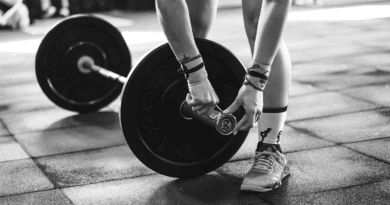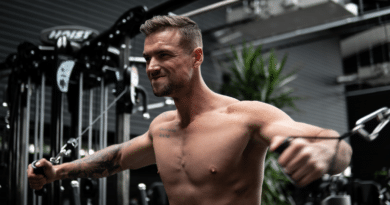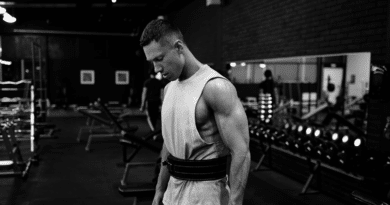Training for Strength vs Training for Size – What’s the Difference?
Training for strength vs training for size, what differentiates these two methods? Are there any similarities? What crossovers exist? How do you do it? Does it look different for a beginner and an advanced athlete?
Mike Israetel from Renaissance Periodization has provided excellent answers to all of these questions. Scroll down to watch the extensive video below or click on the link in the menu.
- Training for Strength vs Training for Size
- Aren’t Size and Strength Training the Same?
- Training for Strength vs Training for Size – Loading Differences
- Training for Strength vs Training for Size – Volume Differences
- Training for Strength vs Training for Size – Progressions Differences
- Frequency and Undulation Differences
- Exercise Selection Differences
- How to Get the Best of Both
- Take Home Points
- Video – Training for Strength vs Training for Size
- Important Terms
- More Information
Training for Strength vs Training for Size
A lot of people think these are the same. Often people will say that they are training to get bigger and stronger, but it doesn’t exactly work like that.
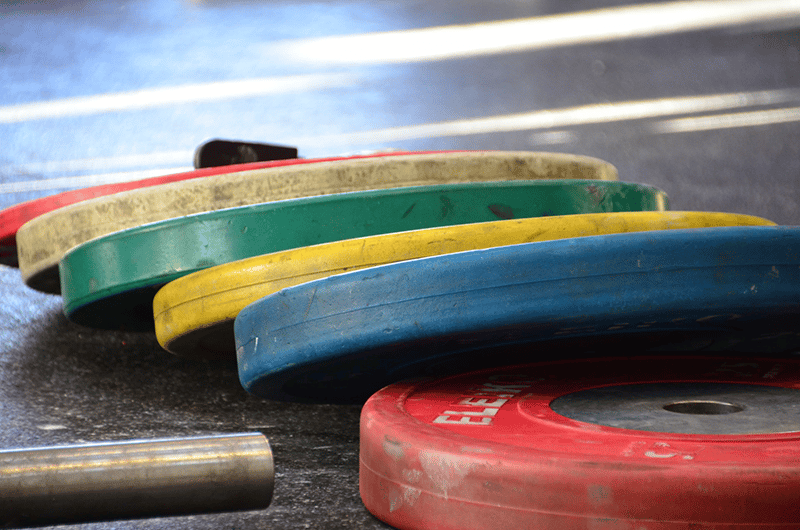
There is overlap, but there is not exact overlap, especially as you become more advanced. It really pays to know the difference between the two. This will help you to pursue them separately, even if they are both goals for you.
Aren’t Size and Strength Training the Same?
They are very similar, but they are not the same.
Optimised strength training looks different from optimised size training. I.e. professional bodybuilders and professional powerlifters do not train the same way.
Training for Strength vs Training for Size – Loading Differences
- Basic strength is best increased in the 3-6 rep range.
- Overall hypertrophy is best increased in the 5-30 rep range.
- Notice here that there is a very small overlap.
- If you do mostly one or the other then you will miss out on a lot of variation at least.
If you are trying to get hypertrophy volume and gains from sets of 5 and 6 then the fatigue accumulates quickly. This can result in good short-term strength AND hypertrophy gains, but it isn’t really a viable long-term solution.
Training for Strength vs Training for Size – Volume Differences
Strength training is both more fatiguing per-set, and requires less total cumulative fatigue for best results. You will be more fatigued with less volume.
With strength training you also need to be more physically prepared. Shifting big weights for squats and deadlifts is mentally and physically hard. You need to be optimally focused.
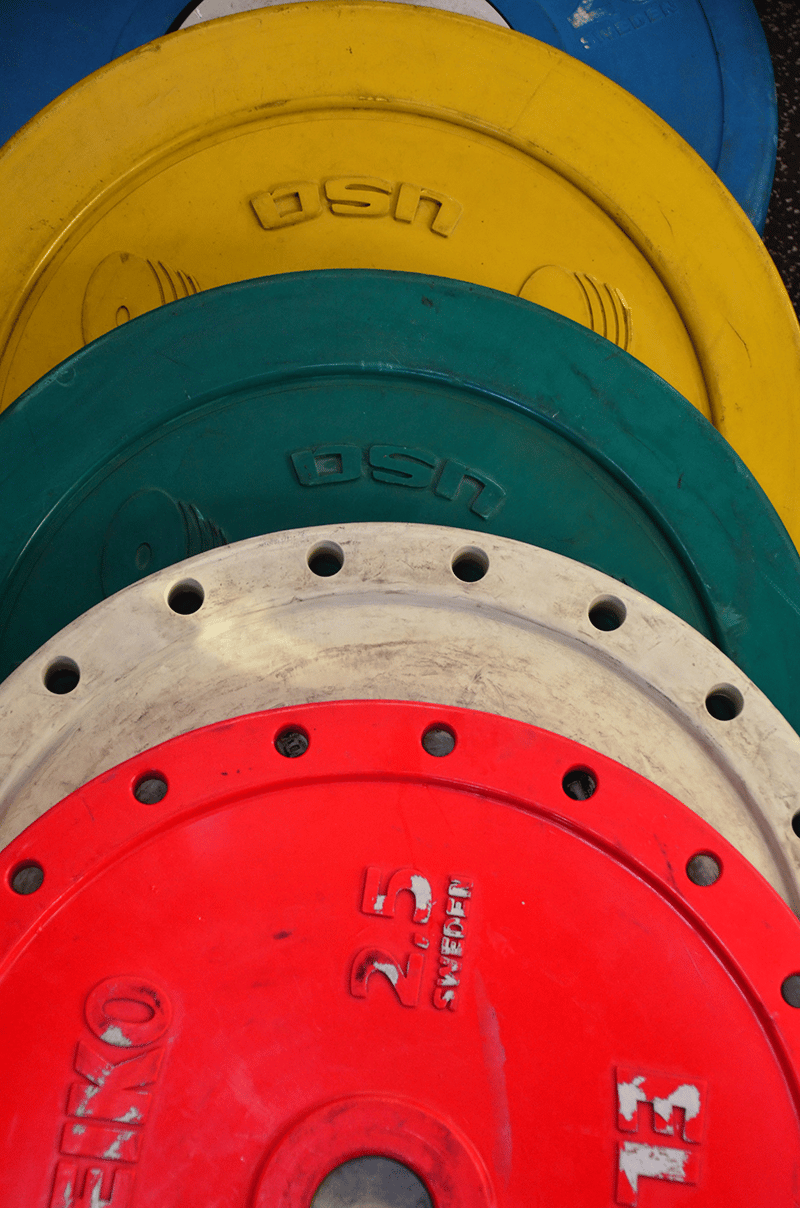
With hypertrophy training you can generally turn up and grind through the session.
Hypertrophy sees higher stimuli with higher volumes than strength training.
The MAV (Maximal Adaptive Volume) for strength training is often between the MV (Maintenance Volume) and MEV (Minimum Effective Volume) of hypertrophy training for the same lifter.
So, let’s put that into an example.
8 sets of quad work per week on a strength program is a lot of work. Well into the Maximal Effective Volume.
8 sets of quad work per week on a hypertrophy program may only be enough to maintain the muscle mass of your quads. 16 sets of quad work per week may be much closer to optimal for muscle growth for that person.
Training for Strength vs Training for Size – Progressions Differences
You get stronger by putting more weight on the bar.
You will increase work capacity by lifting more sets at the same level. Progressing in LOAD is EVERYTHING in strength training.
In size training:
- Doing more reps grows more muscle
- Doing more load grows more muscle
- Doing more sets REALLY grows more muscle
Start at the MEV (Minimum Effective Volume), the fewest number of sets it takes to grow.
As an example, “should I add 15lbs and 0 sets next week, or add 5 lbs and 1 set next week?”
- For strength: Add 15lbs and 0 sets
- For hypertrophy: Add 5lbs and 1 set
With strength training the purpose of being there is to add more weight to the bar. To become stronger.
With hypertrophy training you should raise the weights gradually, and increase the volume in order to keep the sets challenging.
Frequency and Undulation Differences
In hypertrophy you need the local muscle to be healed so that it can grow then do a good job for the next session. You can still hit the same areas again in the next session with lighter loads and longer sets. This will tackle and stimulate the muscles in different ways whist also not beating them up too much so that you get injured.
For example:
| Monday | 5 – 10 rep range |
| Tuesday | 10 – 20 rep range |
| Wednesday (different exercise) | 10 – 20 rep range |
| Friday | 20 – 30 rep range |
With strength training stimulative sessions need much longer and fuller recovery times. Extra sessions will not be useful. Quite the opposite as they will be counterintuitive for recovery. On the other hand they could be used as technique sessions with much lower weights.
| Monday | 2 – 4 reps (9 RPE) |
| Wednesday | 4 – 6 reps (8 RPE) |
| Friday | 2 – 4 reps (6 RPE) |
You can’t really do the same frequency of HARD training for strength and size in the same week. It is much lower for strength training.
Exercise Selection Differences
Strength training is usually defined by a set of exercises. I.e. increasing my squat vs stronger legs.
It has been shown that doing different types of exercises for a muscle growth will stimulate hypertrophy in different ways for that muscle.
For example, when it comes to the pecs, dumbbell bench presses, flyes and weighted dips can all develop that muscle group in different ways.
When it comes to “leg growth”, it is probably better to combine squats, hack squats and leg presses rather than only to squat.
But when it comes to improving your squat, it is probably better to squat, squat, squat.
Strength Training is not Ideal for some Exercises
Lateral raises or cable push downs for example don’t develop real strength.
If you are trying to train for strength AND hypertrophy, there will come times when you have to give up the best hypertrophy exercises in order to gain strength, or give up the best strength exercises to gain hypertrophy.
There is not always a perfect overlap.
Stimulus to Fatigue Ratio
The best way to sum this up is with an example. Walking lunges won’t make you much stronger but they will definitely grow your legs.
The best SFRs (Stimulus to Fatigue Ratio) for size training often use poor SFR exercises for strength training.
You cannot train optimally at a high level for both strength and hypertrophy at the same time, all the time.
How to Get the Best of Both
If you want to train for both, use the following tips.
- Choose more compound, free weight exercises
- Perform strength-focused lifts in the 3-6 rep range first in each session
- Perform accessories that are still as strength-benefitting as possible in the 6-12 rep range later in each session
- Begin at your hypertrophy MEV (minimum effective volume) and stay close to it
- Progress mostly in load each week, not set numbers
Phase Potentiate
Do 2 to 3 mesocycles of hypertrophy training (mostly in the 6 – 15 rep range, and keep in close derivatives of strength exercises in the 5 – 10 rep range done first in each session).
Do 2 – 3 mesocycles of strength training (3 – 6 rep range, strength MAV, Minimum Adaptive Volume). Here you should keep some 10 – 15 rep work (MV Minimum Volume only) for “beach muscles” during strength phase (lats, side delts, biceps, calves).
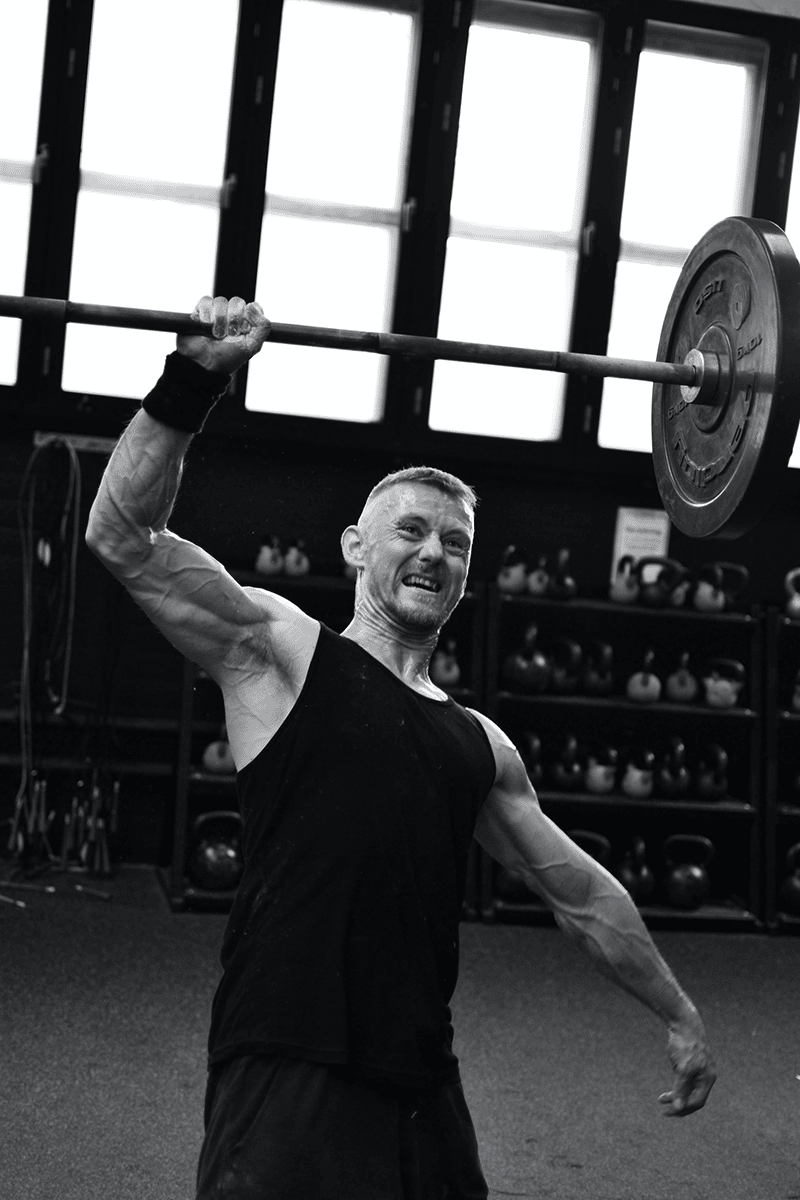
Take a 1 – 3 week active recovery phase after the strength phase. Repeat.
Examples of Strength AND Hypertrophy Training
These show how exercises and specific body part training might be best adapted for various different aims and points within the different mesocycles.
Concurrent Quads
- Squat 3 sets of 6 reps
- Leg Press 2 sets of 10 reps
- Earlier weekly sessions are more strength-focused than this, later are more hypertrophy-focused
Strength Quads
- Squat 5 sets of 4 reps
Hypertrophy Quads (with emphasis on long-term strength)
- Squat 2 sets of 8 reps
- Leg Press 3 sets of 12 reps
Take Home Points
Beginners can JUST do sets of 5 – 10 and get the best of BOTH size and strength.
Intermediates can benefit greatly from the low complexity of a concurrent “hybrid” program.
Later intermediates need to begin increasing phase bias more and more.
Advanced need to have dedicated hypertrophy and strength phases for best long-term results in both.
Video – Training for Strength vs Training for Size
Important Terms
These terms are explained by RP Strength.
MV = Maintenance Volume
“This is the amount of training (aka number of sets) that allows you to maintain your current level of muscular size. If you’ve never trained, obviously that amount is zero sets!”
“But when you begin training hard and make gains above your body’s default levels of muscle, you’ll need to train at least at your MV to retain those gains. Bad news: there is no way to retain previously gained muscle without training. Good news: MV is actually very low, and you can typically keep almost all of your muscle with as little as 6 working sets per muscle group per week. Another piece of good news is that your training loads go up as you build muscle, so the relative effort you must put in to maintain muscle stays stable over the long term. Though we might expect the MVs of advanced lifters to be much higher than 6 working sets per week, they usually aren’t, and set for set, beginner and advanced alike need about the same volumes to keep muscle on.”
“Volume landmarks can change somewhat depending on your training frequency, so it’s important to note that MVs in these articles are for individuals training at least 2x per week per muscle group. It’s possible that similar MVs can be attained training 1x per week, but, for smaller muscles that recover quickly (like rear delts), some deviation may arise. As such, the MVs in our guides assume a training frequency of 2x per week for each muscle group.”
MEV = Minimum Effective Volume
“This is the amount of training that actually grows your muscles: anything below this amount may only maintain them. If, like most of us, you’re training to make gains, you had better make sure to be above your MEV: your minimum effective volume. Notice that, unless you literally want to make the slowest gains possible, your average weekly training volume should be above your MEV, which is the minimum volume required to make any gains. That said, your MEV is a great place to start the first week of your mesocycles and build up from there.”
“For those who just recently started training, growth comes faster, making their MVs and MEVs nearly identical. However, the minimum volume needed to grow climbs higher and higher the more training experience you have. As such, your MEV starts to really leave your MV behind as you grow from an intermediate to an advanced level.”
MAV = Maximum Adaptive Volume
“Finally: the range of volumes in which you make your best gains.”
“It’s much more of a range than the other volume landmarks because it changes greatly within each training microcycle (week to week). Every time you train a specific muscle group with a specific set of exercises, weights, and volumes, muscle growth results. Overload the system, and you get results. But systems adapt, and what was very overloading last session is no longer as overloading in the following one.”
“In order to keep optimally overloading, you must use some combination of heavier weights and higher volumes with each successive microcycle in the accumulation phase of training. Recapping: each time you train hard, the volume needed to get the same great gains in the next session goes up, and thus, your MAV continually goes up through the mesocycle. Eventually, the amount of volume to keep you progressing at the best rates actually hits and then exceeds the amount of volume you can recover from. This makes further gains impossible within that microcycle, and demands a deload to drop the accumulated fatigue and restart the progression in the next mesocycle.”
“Because the MAV changes markedly after each training session, it can’t be a fixed goal, but rather a range you aim to move your volume through. For most intents and purposes, that range sits between the MEV and MRV. This means that you’ll start the volume of most of your mesocycles either at or just above your MEV, and work up to around your MRV over the course of the mesocycle. The average volume in that range is thus your MAV.”


